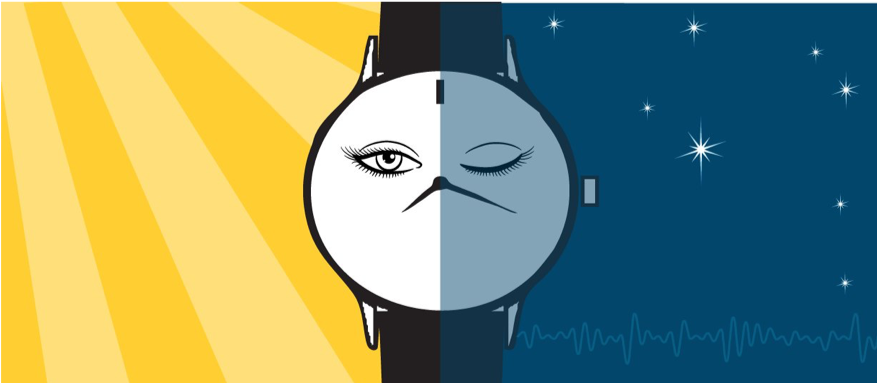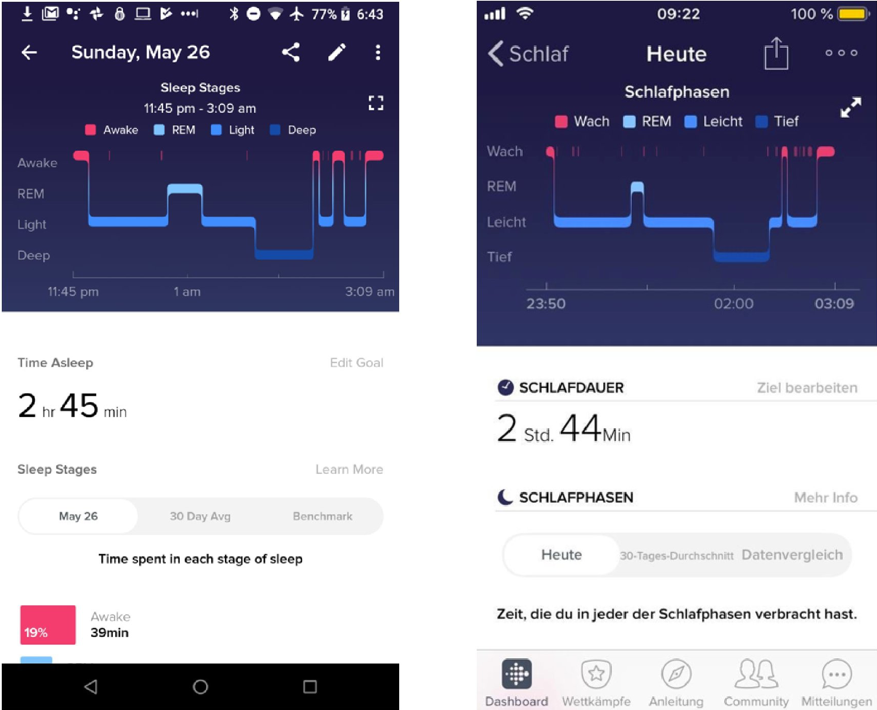What I Learned from Tracking My Sleep with Fitbit for Two Months
Joel Frohlich
If someone had told me a year ago that he sleeps with his watch on at night, I’d probably wonder just how eccentric of a personality I was dealing with. Today though, I’m doing exactly that. When you hear the word “Fitbit,” you probably think about logging steps, calories, and cardio. But one of the smart watch’s most useful features is arguably what it monitors while you’re burning the fewest calories: your sleep.
Getting a sufficient quantity and quality of sleep is not only a core component of health, but often an underappreciated one. As I’ve discussed in previous posts, sleep is essential for draining the brain of toxins linked to Alzheimer’s disease and for consolidating memories from the previous day. To learn about how Fitbit can monitor my sleep, I tracked my nightly slumbering with a Fitbit Versa watch for two months. (Full disclosure: I received this product free of charge from Fitbit to review.)
First, how does a Fitbit watch monitor sleep? The Fitbit Versa infers when you’re sleeping and what stage of sleep you’re in using an accelerometer (an instrument for measuring bodily accelerations of the wrist) coupled with a technique called optical photoplethysmography, or PPG. PPG measures blood flow based on how green light from an LED on the back of the watch is reflected by the body.
Basically, Fitbit looks at how much you’re moving and how often your heart is beating to infer whether you’re awake, in a deep sleep, a light slumber, or dreaming. The Fitbit Versa also features an SpO2 sensor for measuring blood oxygenation, but Fitbit is not yet using this feature to tell you about your sleep (more on this later).
Next, we need to understand the different stages of sleep. Sleep can be broadly divided into rapid eye movement (REM) sleep, when a person is most likely to be dreaming, and non-REM (NREM) sleep, when a person is more likely to be in a dreamless sleep. Although researchers have learned that volunteers in sleep labs do recall having some sort of conscious experience most of the time when awakened from NREM sleep, the quality of these experiences seem to differ from the vivid dreams of REM sleep. As you fall asleep, your brain becomes more internally synchronized, allowing less information to be processed. If we record electrical brain activity while a person sleeps using a technique called EEG, we see that brain waves become slower and larger in amplitude, a hallmark of internal brain synchronization, as the person progresses into deeper and deeper sleep. This pattern then reverses itself until a person eventually either wakes up or enters REM sleep. Because vivid consciousness occurs during REM sleep, the EEG recorded during this sleep stage basically just looks like the EEG of a person who’s awake. There is only one stage of REM sleep, but multiple stages of NREM. The first two stages, N1 and N2, are considered light sleep, and N3 is considered deep sleep.
How do doctors and scientists determine what stage of sleep a person is in? This is done using a technique called polysomnography, which uses many bodily sensors, including EEG, to determine if a person is in N1, N2, N3, REM, or awake. But most of us don’t have polysomnogram equipment at home, or a physician to read it. That’s where Fitbit comes in: the watch’s sensors can classify sleep stages with 69 percent accuracy in any given 30 second time window, according to a paper published by Fitbit scientists in 2017. If you’re thinking this accuracy is low, well, that depends on the context. It’s true that Fitbit’s sleep staging is only correct in these 30 second blocks slightly more than two thirds of the time and, moreover, this fact is not communicated to users in the Fitbit app. So, if you only use Fitbit for one night, take the app’s sleep staging with a few grains of salt. But it’s also true that there is no systematic bias to how much light sleep, deep sleep, or sleeplessness Fitbit estimates. In other words, Fitbit does not over or underestimate the duration of these stages. This mean that if you use the app for many nights, you’ll eventually get a good sense of how often you tend to be awake, lightly asleep, or deeply asleep on a typical night. (There is a slight overestimation of REM from sensor readings, but the Fitbit algorithm knows to correct for this).
To learn more about how Fitbit scores sleep, I talked to Fitbit Lead Research Scientist Conor Heneghan, who answered my questions by phone and over email. “We are researching ways in which Fitbit can help assess conditions such as cardiovascular disease, sleep problems, stress, pre-diabetes and diabetes, and help users with interventions for chronic conditions,” Heneghan said when asked about the future of Fitbit. Fitbit has collected an astonishing nine billion nights of sleep from its users. According to Heneghab, “We are exploring if there are natural ‘clusters’ of users that correlate with recognizable conditions.” Most of the data analysis takes place internally at Fitbit, but in a few cases, Fitbit has shared the anonymized data with outside researchers. “There have been a limited number of cases where we have done this … with very tight controls on what data is shared and for what purpose,” said Heneghan.
Before jumping into my personal experience with Fitbit Versa, it’s time to address frustrations surrounding the watch’s SpO2 sensor. This sensor uses red light to infer how much oxygen your blood is carrying. This feature has the potential to provide valuable feedback to sleepers with sleep apnea, a disorder in which breathing pauses or becomes shallow during sleep. Unfortunately, to the chagrin of many Fitbit users, the sensor is functional but not currently used by the Fitbit app. According to Heneghan, Fitbit plans to release this feature once government approval is granted. “Given these features require medical regulatory approval, Fitbit is working with FDA and several agencies to achieve the necessary clearances and validation,” said Heneghan.
So, what has my experience with Fitbit Versa been like? The first week was eye-opening: I was getting far less sleep than I expected. This reading continued to hold true for the nine weeks I’ve been using the watch, so I’m convinced that it’s reflective of the actual time I spend sleeping. My current 30-day average shows that I’m awake 13% of the time I’m in bed, which sounds like a lot. Then again, the typical range given by Fitbit for men my age is 5 – 20 percent, so my restlessness is perhaps not unusual. Still, it’s a rude awakening (no pun intended) to realize that so much of the time I spend in bed (usually about an hour) is spent not sleeping, even when I have no memory the next morning of ever tossing and turning. Aside from these periods of being awake in bed, I spend 52 percent of my time in bed in light sleep and 16 percent in deep sleep. The remaining time (19 percent) is spent in REM sleep. These are all in the typical range of other male Fitbit users my age. Interestingly, Fitbit does not display 30-day averages or typical ranges for what is arguably the most important measuring stick of sleep health — total time slept. (There is an option to view each week’s, but not that of longer periods).
One night, I decided to be clever and compare my Fitbit’s sleep scoring against that of a second Fitbit watch (my wife’s) worn on the other wrist. You can see the results below: each watch gave slightly different readings, but the overall picture looks the same. (My Fitbit Versa is the screenshot in English, and my wife’s Fitbit Charge 3 is the screenshot in German). Fitbit scientists have also compared readings from watches worn on each wrist and found no significant differences.
As you can see, my experiment ended at 3-something in the morning, when I woke up to take my wife’s watch off my right wrist. Wearing a watch on your dominant wrist seems to be uncomfortable (I’m right handed), but I had no difficulty falling asleep with the watch on my left wrist (and I consider myself to be a light sleeper). Also, on the topic of comfort, it’s important to occasionally take off your Fitbit watch, as the Fitbit app reminds users to do. This sounds painfully obvious, but if you’re used to only removing your watch at night, you may need to find a new time to let your skin breathe. I learned the lesson the hard way after camping four straight nights without showering or taking off my Fitbit Versa—the resulting rash on my wrist lasted for several days, during which time I had to give Fitbit a break.
My final verdict on Fitbit Versa? If you’re like me, Fitbit may give you valuable feedback on your sleep that could help you adjust your sleep schedule to get more rest. For instance, I no longer equate going to bed at 11 pm and waking up at 7 am with eight hours of sleep (I sleep closer to seven hours in this period). I do think that Fitbit’s accuracy could be better communicated to users, and I also think the fact that the SpO2 sensor is not currently used by the app could be much more transparent. But based on my conversation with Heneghan, I think the SpO2 will be a highly valuable feature for users (particularly those with sleep apnea) in the future, after the FDA gives Fitbit the green light.
$199.95 on Amazon
References
Beattie, Z., Oyang, Y., Statan, A., Ghoreyshi, A., Pantelopoulos, A., Russell, A., & Heneghan, C. (2017). Estimation of sleep stages in a healthy adult population from optical plethysmography and accelerometer signals. Physiological measurement, 38(11), 1968.
Republished with permission from knowingneurons.com


